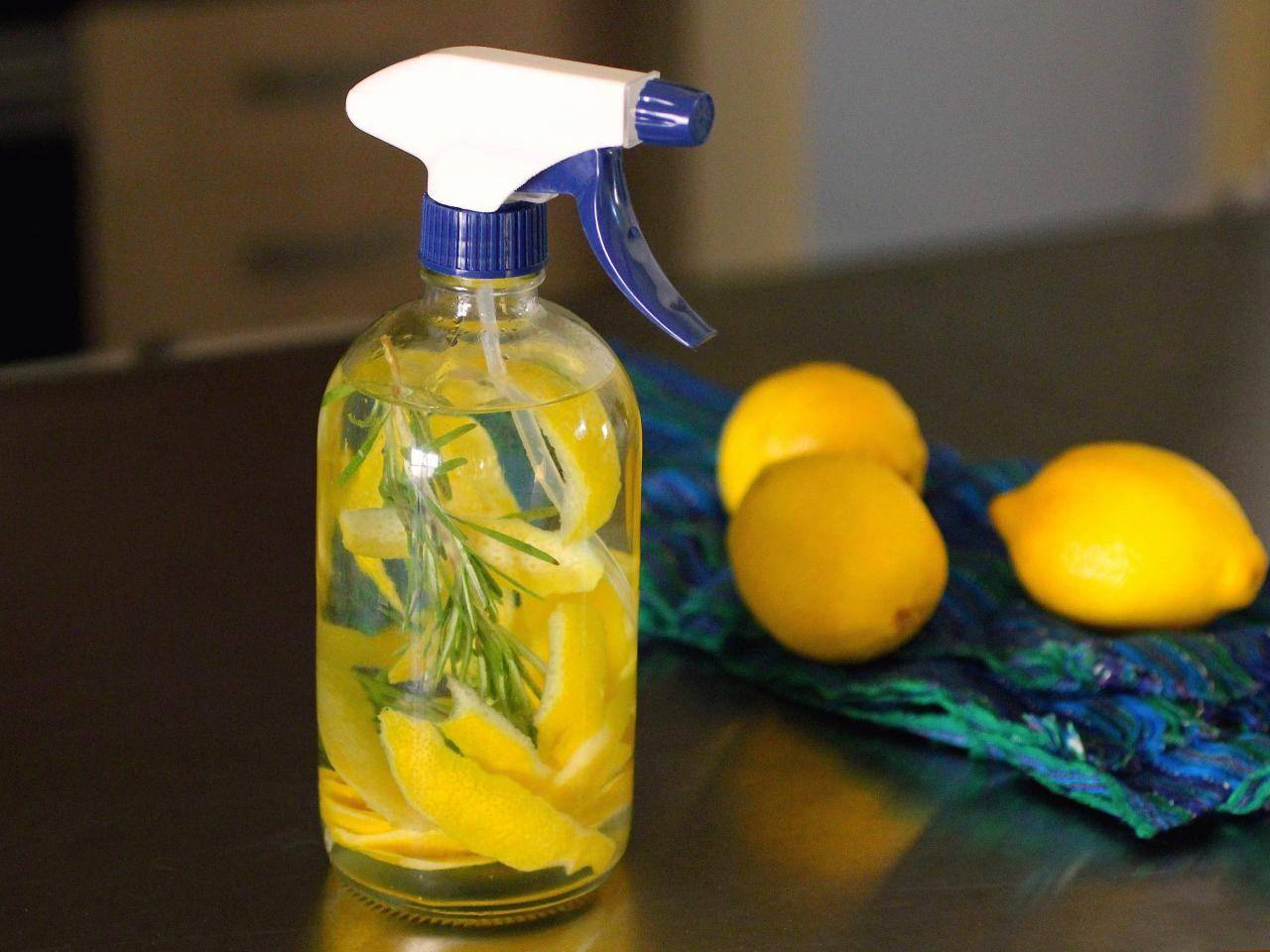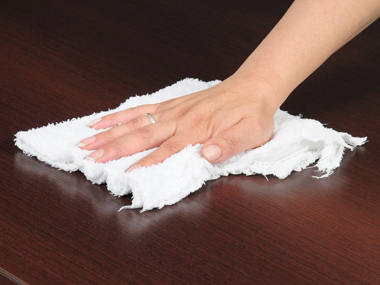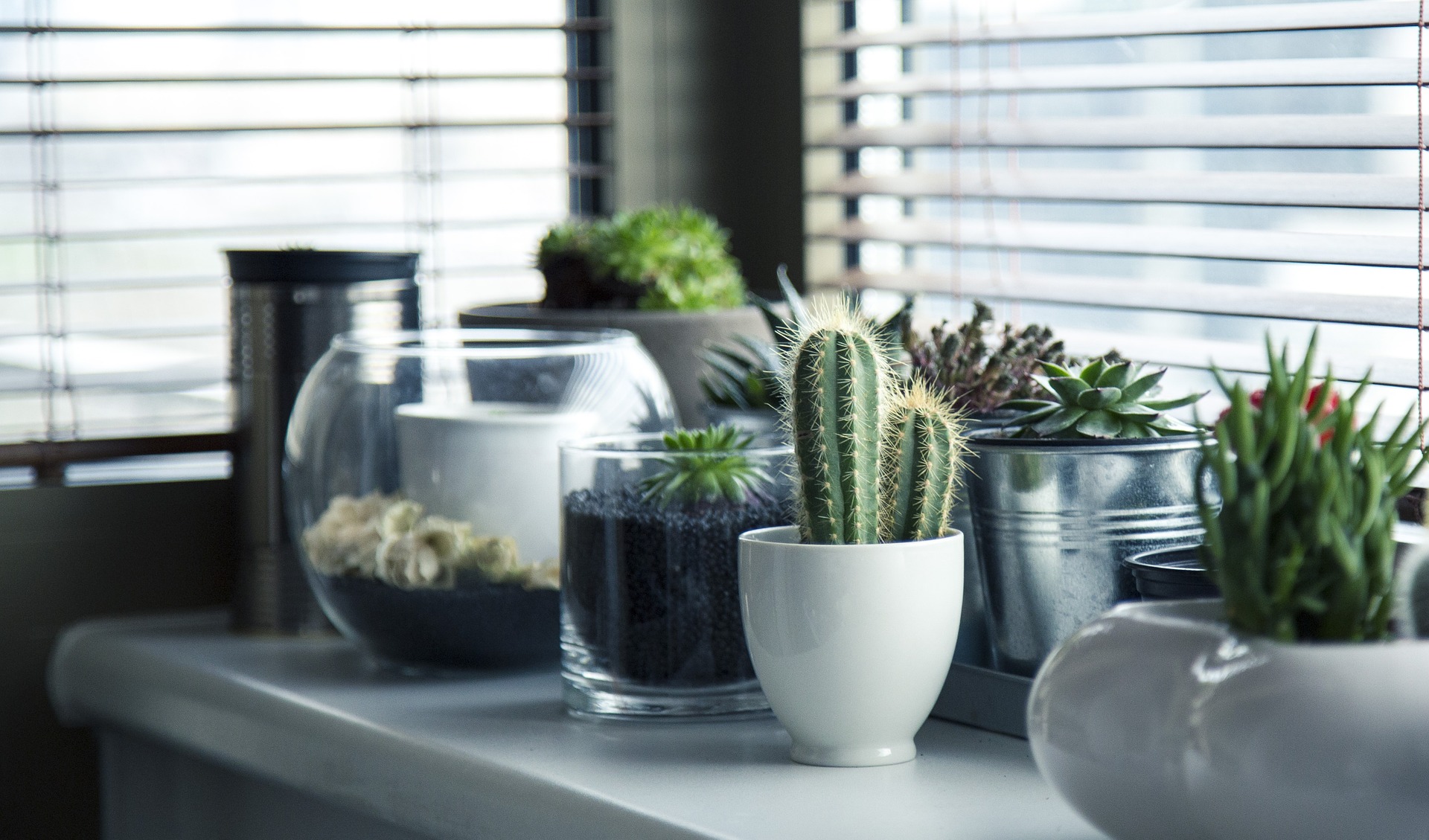Spots and mess go hand in hand with every household. No matter if you do or if you do not have any kids around, there is always a way for you to mess up a good carpet with a glass of wine or make a Bolognese-spaghetti-horror movie in the kitchen. In all occasions you will probably need a solution for swift and effective dealing with the problem.
Spots at home could be result of any kind of “mischief”. It could be your dog, who has decided to bring the most interesting bag of rubbish from the street into the living room, it could be your toddler, who is trying to make a Picasso off himself, it could be the husband, whose desperate effort to make the dinner turns out to be a kitchen nightmare with “casualties”.
Nevertheless since you have a home you have to be prepared for such “accidents”. Professionals won’t be always around for the aid, so you must have to learn how to deal with spots and messes at home.
There are things which you should consider when dealing with any kind of spots and mess at home. First of all there are plenty of solutions for cleaning in the market. Actually they are so much that you could lost yourself in choosing the right cleaning stuff for a concrete stain. But we suggest before you reach to the nice-smelling chemicals in bottles and boxes, think of the natural solutions to deal with spots and stains at home. There are plenty and in this case pretty effective actually.
So let’s talk about basics
The champion
Baking soda is probably the solution which has been used the most when someone deals with the mess at home. For example when you have got regular water spots on the mirror in the bathroom or on the windows, some minimal product residue and dust, the gently abrasive action of baking soda may be all you need to do in this occasion. It’s effective and in the same time really cheap, compared to the solutions in the department store. Dip a damp sponge into a bowl of baking soda and use this to scrub down tiles, grout and other bathroom and kitchen surfaces. Rinse thoroughly or wipe well with warm water.
The next best thing
Vinegar is probably one of the best decisions for the removal of some kinds of spots and stains at home, or even at the office. Among all the natural cleaners, it is one of the most versatile and effective solutions. Its acidic nature means it creates an environment that inhibits the growth of mold, mildew and some bacteria. Vinegar is also a fantastic idea for cutting through soap scum, mineral deposits, water spots on the glass or any other hard and flat surfaces and more.
How to do it? – Well, it’s not that hard. Just mix equal parts distilled white vinegar and water in a bottle and spray it generously onto tiled surfaces. Leave it there for a few-minutes action before scrubbing it with a brush or sponge. In case you have got some extra tough stains, they may require the combined action of baking soda and vinegar. You can use vinegar as a daily preventative agent so be sure to spray this mixture on tiles and glass surfaces before you get out of the shower.
Salt
Salt is a serial killer for single-cell organisms, like mold. It deals with them by the process of dehydration. Surprisingly, in order for this to work, the area around the mold must be kept wet while the salt is applied! If you have got problems with the floor tiles or other flat surfaces, you can rub the area with a damp cloth and sprinkle on some salt over it, before scrubbing into the grouted parts. Allow to work overnight before cleaning off in the morning. Any type of coarse salts, will work.
Our favorite
Lemon juice is a favorite among natural beauty enthusiasts for its ability to lighten stains and skin blemishes. And let’s not forget the pleasant odor when treating stains with it. It has the exact same action when it comes to tiles – it is an effective stain remover. Just like vinegar, fresh lemon juice is acidic in nature and creates an inhospitable environment for mold and mildew. That makes it an absolute champion in dealing those problems. If you have the most effective combination use it with baking soda.
Borax
The name indeed sounds a bit brutal. It is a naturally-occurring mineral, a product of the seasonal evaporation of salt lakes. Borax is rather highly alkaline (with a pH of 9.3), which is why it is so effective at cleaning, disinfecting and deodorizing. You definitely would like to us it in the same manner as you would like to use baking soda. For example dip a damp sponge into a bowl of the powder and scrub until your tiles and grout shine. It’s effectiveness is equally the same and deals with sports and stains right away.
The savior- Hydrogen Peroxide
When all else fails and there is no hope for you to clean the mess, when to whiten grout and remove stubborn molds becomes mission impossible, it’s time to get out the hydrogen peroxide to come up. Typically used for sanitizing cuts, hydrogen peroxide is a fantastic fungicide and whitening agent. Mix it with white flour to create a thick paste. After that apply this solution to the grout and tiles. Then cover with plastic wrap. Allow to work its magic for a night, before rinsing well with cold water
The clean cut
Steam cleaning is an incredibly effective and cool method of removing dirt, soap residue, bacteria and mold, steam cleaners rely on high heats and pressure to do their job. These machines require no chemicals or products at all – and can be a great option for those who have chemical and mold allergies. While steam cleaning is great for grout lines and tiles, it is not appropriate for silicone joints, or anodized or enamel surfaces.





